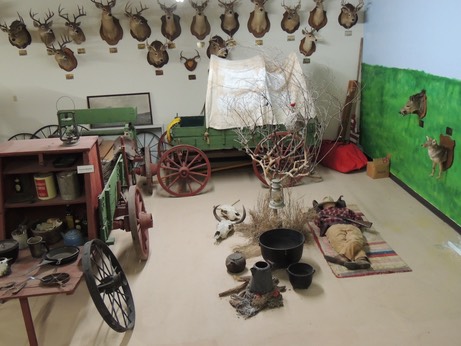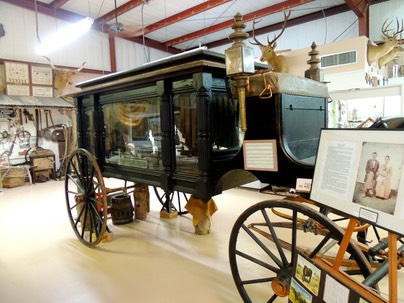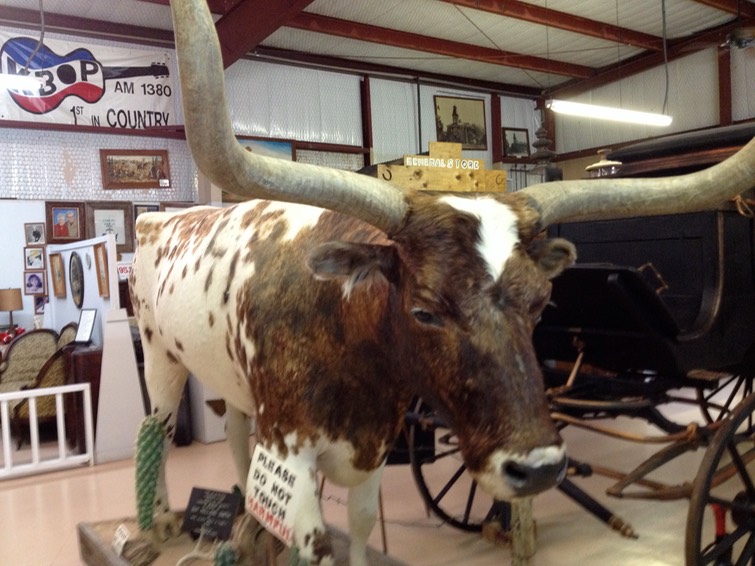A Bit of legend
In those bygone days of yesteryears you can image what it might have been like without rapid transient, cell phones, and of course television and radio-everything moved at a snail pace. The problems of a rigorous life, poor health expectations and the sheer terror of just staying alive in environment of hostilities from not only the Native Americans (Indians as they were called then), but also from bandits and unscrupulous individuals which incidentally were mostly white men, made for extremely tough going.

The hostile environment that existed stemmed from the lack of law and order in many, if not most, of towns and villages scattered throughout the territories of the west. Even in those communities that had the good fortune of having some assimilates of order, was in many instances controlled by seedy and colorful characters that flipped-flopped back and forth on both sides of the law as they saw fit. While law and order may have existed to some extent, and perhaps some order was better than nothing, the resultant instability added to the hostility that most people experienced.
As frightening that it was for those who lived during these times it also created an atmosphere of awe for the legends and lawlessness that the west signified. The people of the eastern states were starved for the tales and stories of the Wild West. The pain and suffering resulting from the uninhibited actions of the rudeness, and how those tragedies and injustices were overcome, made for great reading and the stuff of legends. There are countless stories telling of such suffrage with the lines of what was true often blurred. Tales often embellished to suit the audience would label certain communities with violent or glamorous actions, events and places that actually occurred somewhere else. That didn’t seem to bother anyone for the legend was all that mattered.
A good example of the legends vs. the truth was the “Boot Hill” cemetery story. As the story goes, the cemetery of the Wild West town was where gunfighters who died with their boots on in a gun battle were buried. While this may have happened, the more accurate truth is that the wild cowboys of the infamous cattle drives that began in the 1840s from Texas, beginning just outside Pleasanton Texas, to Missouri, Kansas and Nebraska, dominated the residency of these cemeteries.
Historically the label of boot hill was first claimed by Dodge City, Kansas. This occurred in the 1870s and the 1880s during the Wyatt Earp days. And Hollywood solidified such a claim through their movie making activities. It is not likely that this claim is accurate.

Usually what transpired was that the cowboy have endured a rugged life on the cattle drive, without any form of social life and little liquor along the trail was ripe for misbehaving at the trails end. They evidently got into trouble and ended up dead. Without much law and order in these towns, many were buried with their boots on just outside of town in a makeshift cemetery and without ceremony. Those who had the shore of burial duties were the most likely to label the cemetery as Boot Hill.
